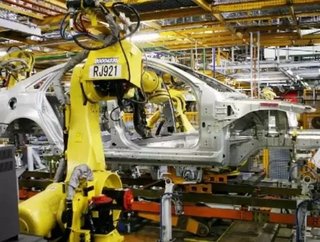Car sales expected to return to normal in five years

With car manufacturers around the globe slowly emerging from the global economic crisis and the Japan disaster, some good news came out yesterday.
A report from consulting firm A.T. Kearney predicted that car sales in the United States will return to pre-recession peaks within five years, and that demand for new cars will arrive sooner than that.
The firm is expecting 13.2 million new car purchases in the U.S. this year, which will increase to 16 million by 2013. Part of the reason for the surge is that there is a built-up demand for new cars, as the average age of a vehicle on the road today is not 10.4 years.
So ends the good news for automobile manufacturers, as the increased demand for new cars will create supply chain shortages and a bottlenecking effect that could hamstring the industry.
The Japan disaster, in particular, will impact Japanese and American car markets for the foreseeable future. Part shortages and supply chain woes will affect 2011 U.S. new vehicle sales by 200,000 units, according to the report.
SEE OTHER TOP PROCUREMENT STORIES IN THE WDM CONTENT NETWORK
GM fit to handle supply chain disaster
Lexus losing ground in the U.S.
Detroit spending millions to renovate riverfront port
Check out May’s issue of Supply Chain Digital!
Aside from supply chain issues, a spike in gas prices over the past year and a weakened U.S. dollar will also impact the automobile market.
“Since 1996, gas-price fluctuations have explained more than 72 percent of the volatility seen in new small car sales,” A.T. Kearney partner Dan Cheng said. “One way for (original equipment manufacturers) to navigate this uncertainty is to develop the capability to ‘flex production’ in terms of vehicle size.”
Doing so would allow original equipment manufacturers to become more nimble to supply and demand shifts, Cheng argues.
Managing supply chain risk more effectively is one way managers and executives can help guard against shortages should disaster strike. Having plans already in place and going through hypothetical disaster scenarios are some of the ways to improve your supply chain.
“Supply-based monitoring is being delegated at each level of the supply chain, often to smaller suppliers who lack the resources to monitor risk properly,” Cheng said.






